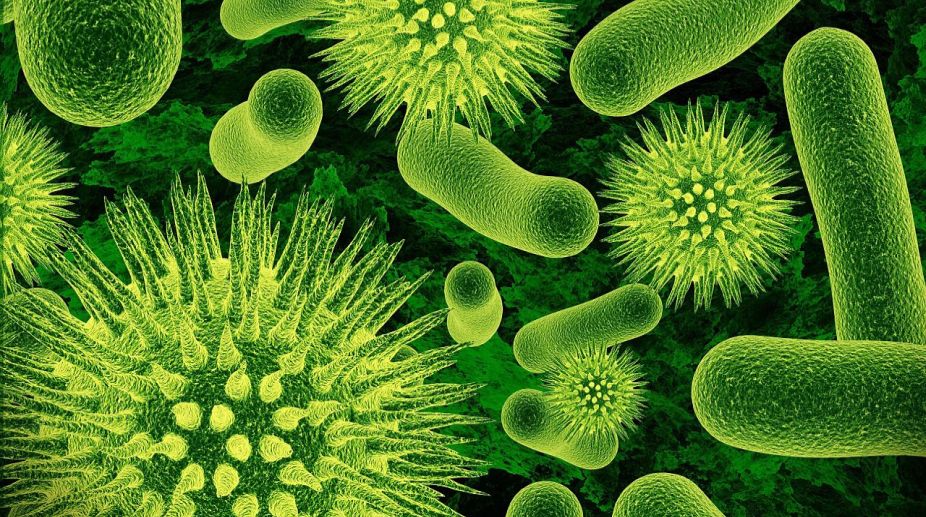New centre to treat liver diseases at Sonarpur
The Liver Foundation, West Bengal, a non-profit has developed both IILDS and JCMLRI.
This new substance offers hope of fighting the bacteria.

Photo: Getty Images
Researchers have discovered a substance that may help combat the bacterium that causes life-threatening tuberculosis (TB) infections.
The substance, called beta lactone EZ120, interferes with the formation of the bacterium’s mycomembrane.
Advertisement
As this membrane is known to hamper the effect of many medications, this new substance offers hope of fighting the bacteria that can develop resistance to the antimicrobial drugs.
Advertisement

It is effective even in low concentrations and when combined with known antibiotics their effectiveness is improved by up to 100-fold, the study said.
“Vancomycin, a common antibiotic, and EZ120 work together very well,” said lead researcher Stephan Sieber, Professor of Organic Chemistry at Technical University of Munich in Germany.
“When used together, the dose can be reduced over 100-fold,” Sieber said.
The mycomembrane of the tuberculosis pathogen Mycobacterium tuberculosis consists of a lipid double layer that encapsulates the cell wall, forming an exterior barrier.
The researchers found that the substance can inhibit the biosynthesis of the mycomembrane and kills mycobacteria effectively.

Using enzyme assays and mass spectroscopy investigations, Johannes Lehmann of Technical University of Munich demonstrated that the new inhibitor blocks especially the enzymes Pks13 and Ag85, which play a key role in the development of mycomembranes.
The scientists suspect that disrupting the mycomembrane enables antibiotics to enter the bacteria more easily.
“This is a new mode of action and might be a starting point for novel tuberculosis therapies,” Sieber said.
Advertisement